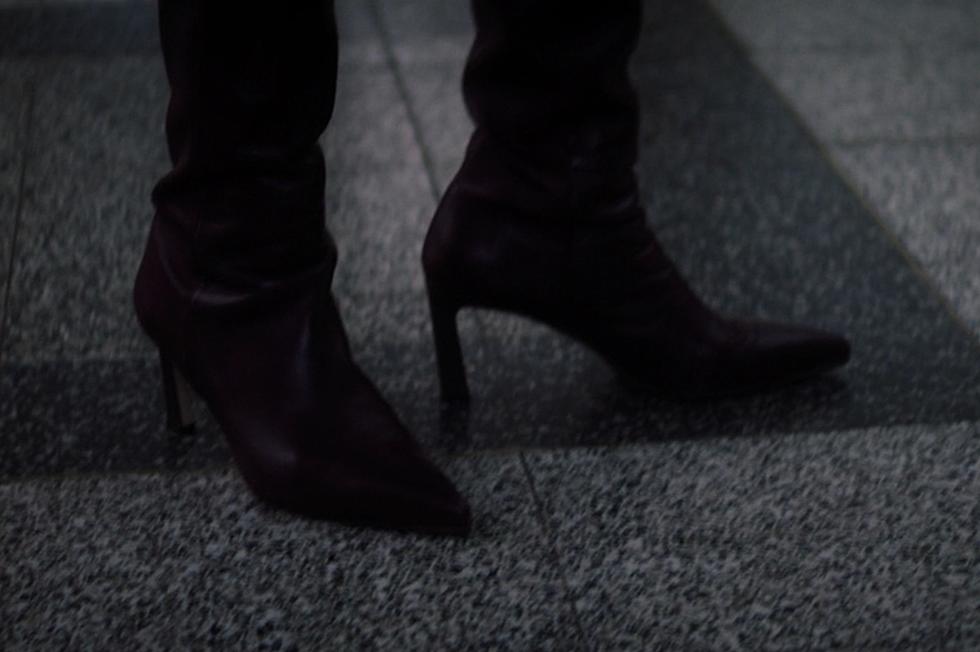
The Influence Of Alex Toth On Chris Samnee’s ‘Black Widow’
Chris Samnee is one of the best artists working in comics today. His stock has risen steadily since 2010 as he went from Thor: The Mighty Avenger to The Rocketeer: Cargo of Doom, to a long, esteemed run with Mark Waid on Daredevil, winning both a Harvey and an Eisner award along the way.
Now on Black Widow, again with Waid, he continues to develop his craft and turn heads, so much so that "one of the best artists working in comics today" doesn't seem to describe just how good he actually is. One of the reasons he's so good is that he's picked up tricks from some of the greatest artists to come before him, and one in particular stands above the rest: Alex Toth.
Black Widow takes off like a missile from the very beginning, with action filling the inaugural issue from the first panel to the last, and Samnee keeps the eye zipping through the entire story without a single hiccup or dead spot, and nabs a few tricks that Alex Toth used to accomplish the same kind of movement.
Like Toth, Samnee sees both the individual frames and the complete page as storytelling "units," and lays out the action so that the reader's eye is drawn to exactly where he wants it. Which, like a lot of Toth's work, is not always where you're expecting it to be.
The standard Western comics page goes left-right-repeat, but with clever usage of staging and angles, Samnee frequently manipulates the order into something else, urging the reader to look up or to the right when they're used to going down and to the left. He inserts pauses and misdirection while maintaining flow, making Black Widow an unconventional read, but still an easy one because you're never at a loss for where to go next.
Samnee is very fond of slanted, uneven, and parallelogram-like panels, as was Toth, especially in his work in the 70s. While this technique again helps dictate the reading order and just makes for a better-looking page, it also accentuates the action and conveys mood.
In Toth's "Rude Awakening" for Archie Goodwin's Warren, he collapses the panels in on his character to create a disorienting, claustrophobic effect, but on comics like Batman and Black Canary, the technique adds an extra oomph to the swashbuckling and kinetics, much like in Samnee's Black Widow.
Another key aspect of Toth's influence on Samnee is in the use of foreground silhouettes and dramatic chiaroscuro lighting. A hallmark of Toth's work even early on, it's probably the most easily identifiable characteristic of a Toth comic: his strikingly effective use of blacks. (Harvey Kurtzman called it "that dreadful runamuck shadow technique," which just makes no sense whatsoever.) Samnee looks to be going for that more than ever in Black Widow, and it certainly makes sense for a taut espionage thriller.
According to his blog, Samnee keeps some of Alex Toth's rules for comics tacked above his drawing board as reminders for cleanliness, authenticity, and efficiency. Evidence in his work points to other primary influences, including Jim Aparo, Milton Caniff, and Mike Mignola, as Samnee astutely grabs whatever works to use in his own comics.
But this is an artist who clearly has his own voice, and whatever he's taken from others, he's using it to create something all his own. That's actually what reminds me of Toth the most. Like Toth, Samnee makes comics that don't look like anybody else's, and he continues to get better and better.
More From ComicsAlliance









